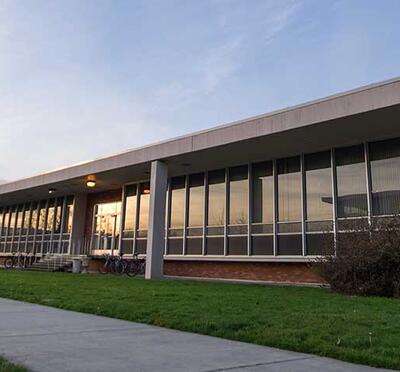“What if the worst-case scenario actually happens?” That’s the introductory text on the Defense Threat Reduction Agency’s webpage about its Nuclear Survivability research. The DTRA is responsible for asking the sometimes horrifying questions of what the effects would be of nuclear war.
Without asking, it’s impossible to find the answers.
As part of a $1 million, three-year DTRA grant, Oregon State University is partnering with North Carolina State University and Sandia National Laboratories to look for some of these answers. Professor Todd Palmer (methods development lead), Associate Professor Camille Palmer (modeling and code assessment lead), and their research team are working on developing simulation techniques to compute the effects of nuclear weapons detonation. In other words: What would happen if someone actually, terrifyingly, committed a nuclear attack?
The simulations being developed at Oregon State belong to a class of techniques called reduced-order models. Rather than using a mathematical model with all possible configurations and parameters, a reduced-order model uses a subset of these that approximates the full model with improved computational efficiency.
“The reduced-order models we are developing will help analysts more fully explore solutions in the event of a detonation by using fewer computational resources,” Camille Palmer said. “This means that more simulations can be run on a broader range of scenarios in the same amount of time.”
This will provide more data on what the effects of a variety of nuclear attacks would be, allowing better decision-making in how to prepare for these worst-case possibilities. Additionally these models, “will impact the future of software tools for a wide range of other defense-related applications,” Todd Palmer said.





